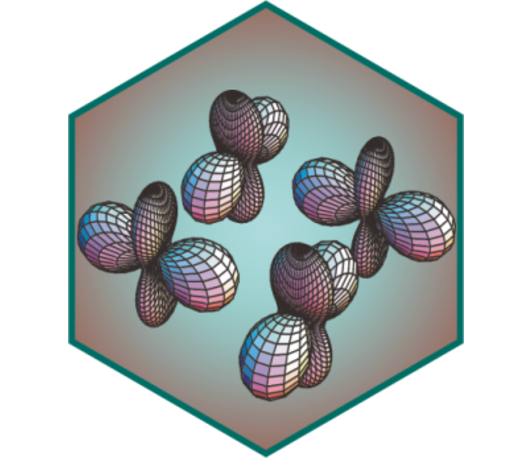Hidden antiferromagnetism and pseudogap from fluctuating stripes
- Datum: 11.03.2025
- Uhrzeit: 15:00 - 16:00
- Vortragende(r): Henning Schlömer
- LMU München
- Ort: Max Planck Institute for Solid State Research
- Raum: 4D2
- Gastgeber: Dep. Quantum Many-Body Theory

One of the central
mysteries of hole-doped cuprates is the pseudogap phase, whose unusual
properties are believed to be essential for understanding high-temperature
superconductivity. While a broad variety of theoretical proposals have been put
forward in the past decades, a unified view connecting the pseudogap to other
observed phases, like antiferromagnetic (AFM) and stripe phases, has remained
elusive. In this talk, I will begin by briefly summarizing the key
characteristics of the pseudogap phase and providing an overview of existing
theoretical scenarios. I will then propose a scenario in which the the AFM,
stripe, and pseudogap phases all share a common origin: The spins in the
material form an ordered AFM background, on top of which fluctuating domain
walls exist that can disrupt and obscure long-range order. I will argue that
these fluctuating domain walls may be at the heart of the pseudogap phase. They
break down magnetic order in real space, leaving only short-range AFM
correlations detectable in experiments. Furthermore, these fluctuations can
give rise to a topological phase (an odd Z2 spin liquid) that supports a small
Fermi surface, consistent with experimental data. At a (hidden) quantum
critical point, hidden AFM order fully dissolves, restoring spin symmetry
without a divergent correlation length.
One key experiment for indicating the LC is the nonlinear
response [2] in 2022. They measured the non-reciprocal voltage,
which is proportional to the square of the electric field E, it
was found that the resistivity is proportional to the magnetic
field Bx and Jz. Furthermore, it was
discovered that the resistivity is proportional to Bz,
which was traditionally considered a material-dependent constant,
jumps depending on the Bz. Such a jump
behavior cannot be accounted for in the conventional polar-type
nonlinear response theory (please refer to [3]). In this study
[5], we start from the Boltzmann equation under the LC order and
go beyond the conventional approximation by considering
higher-order terms in relaxation-time [4], developing a
theoretical formula for this jump-type nonlinear response. As a
result, we found that the jump term, which could not be explained
by the conventional Drude term, can be explained by the
higher-order term. Furthermore, by applying the obtained formula
to a two-orbital 12-site Kagome model and performing numerical
analysis, we found that the dominant component of the nonlinear
conductivity is large at band crossing points, and even larger at
points where the orbital character changes sharply. This behavior
can be understood using the concept of quantum geometry, where the
conductivity resonates with the LC gap size. (The present
nonlinear conductivity is considers as "quasi"-quantum geometry,
as its dimension differs by the 1/E.)
[1] C. Mielke et al., Nature 602, 245 (2022)
[2] C. Guo et al.,
Nature 611, 461 (2022)
[3] Y. Tokura, et al., Nat. Commun.9, 3740 (2018)
[4] X. Liu et
al., arXiv: 2303.10164 (2023)
[5] R. Tazai et al., arXiv:2408.04233